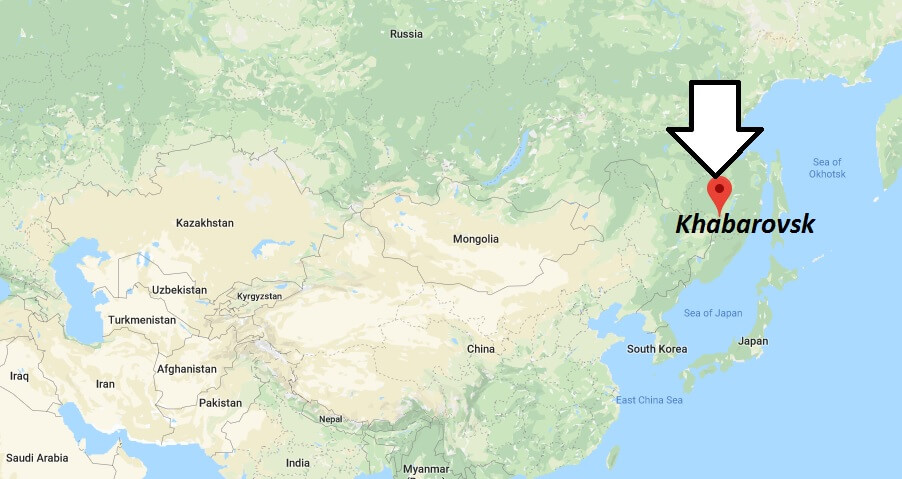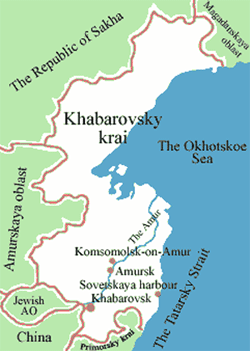A journey to the mammoth age via ancient rock carvings
NOV 09 2020 AJAY KAMALAKARAN
A small Nanai village in the Russian Far East is home to one of the country’s oldest archaeological sites. The area is also famous for mystical occurrences and other legends.
With its gracious, broad and tree-lined boulevards, well maintained turn of the 19th to 20th century buildings and a lively riverfront, the city of Khabarovsk is often called the most European city in Asia. Nothing in the tranquil city hints of a history that goes beyond the middle of the 19th century, but a short road trip along the Amur River is enough to unfurl a treasure trove of petroglyphs (prehistoric rock carvings) that are believed to date back to 12,000 BC.
The Khabarovsk Krai, which has about 789,000 square kilometers of territory, is one of the most sparsely populated places on the planet. These vast swathes of emptiness are visible when one drives on the highway that connects Khabarovsk with the industrial city of Komsomolsk-on-Amur.
75 kilometers north of Khabarovsk and just off the highway and on the right bank of the Amur is the Nanai village of Sikachi-Alyan, where the petroglyphs are located. Residents call the village the ‘home of angry spirits’, thanks to the mystical occurrences that many have claimed to witness there.
More:
https://www.rbth.com/travel/332976-khabarovsk-petroglyphs









